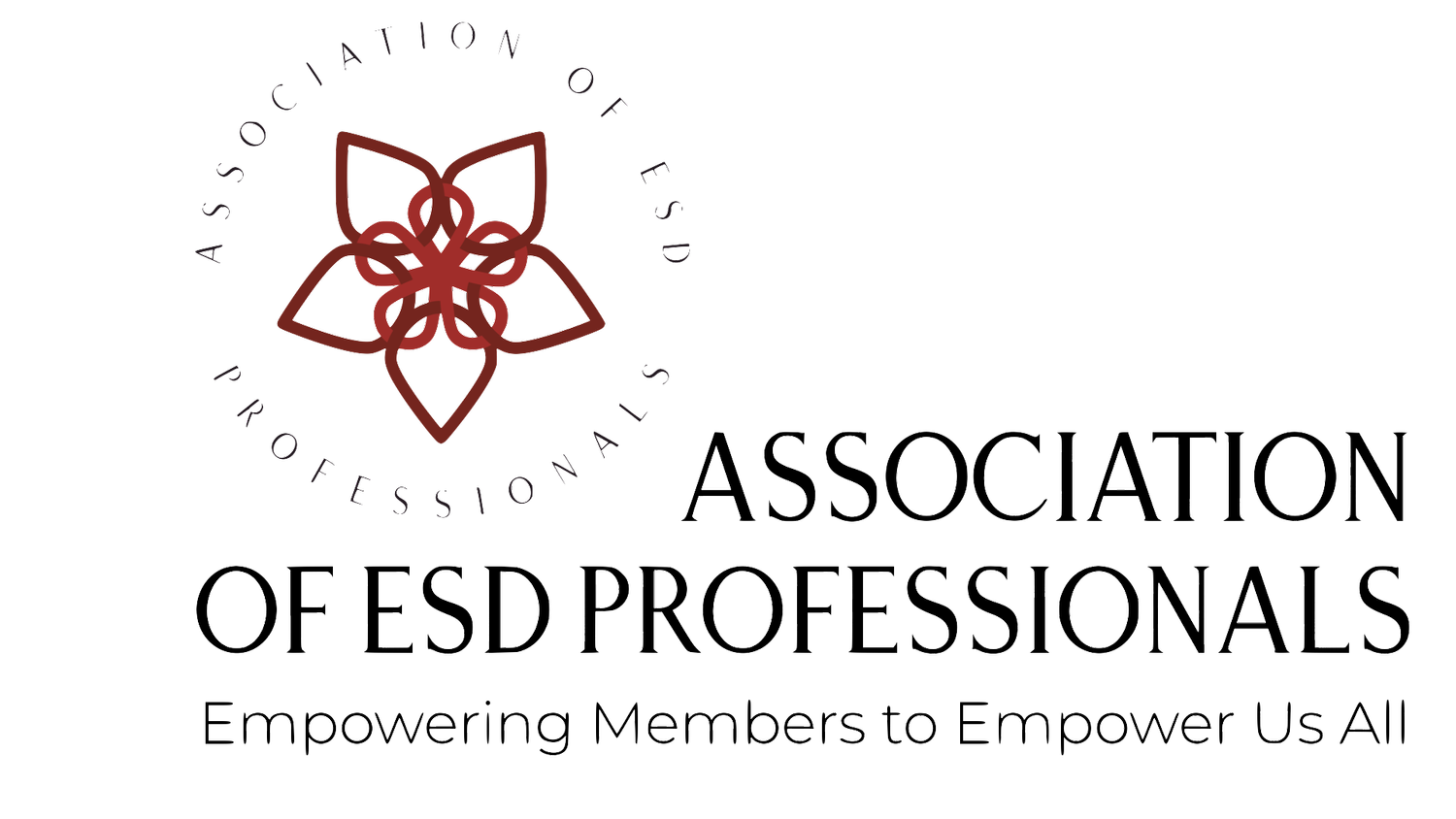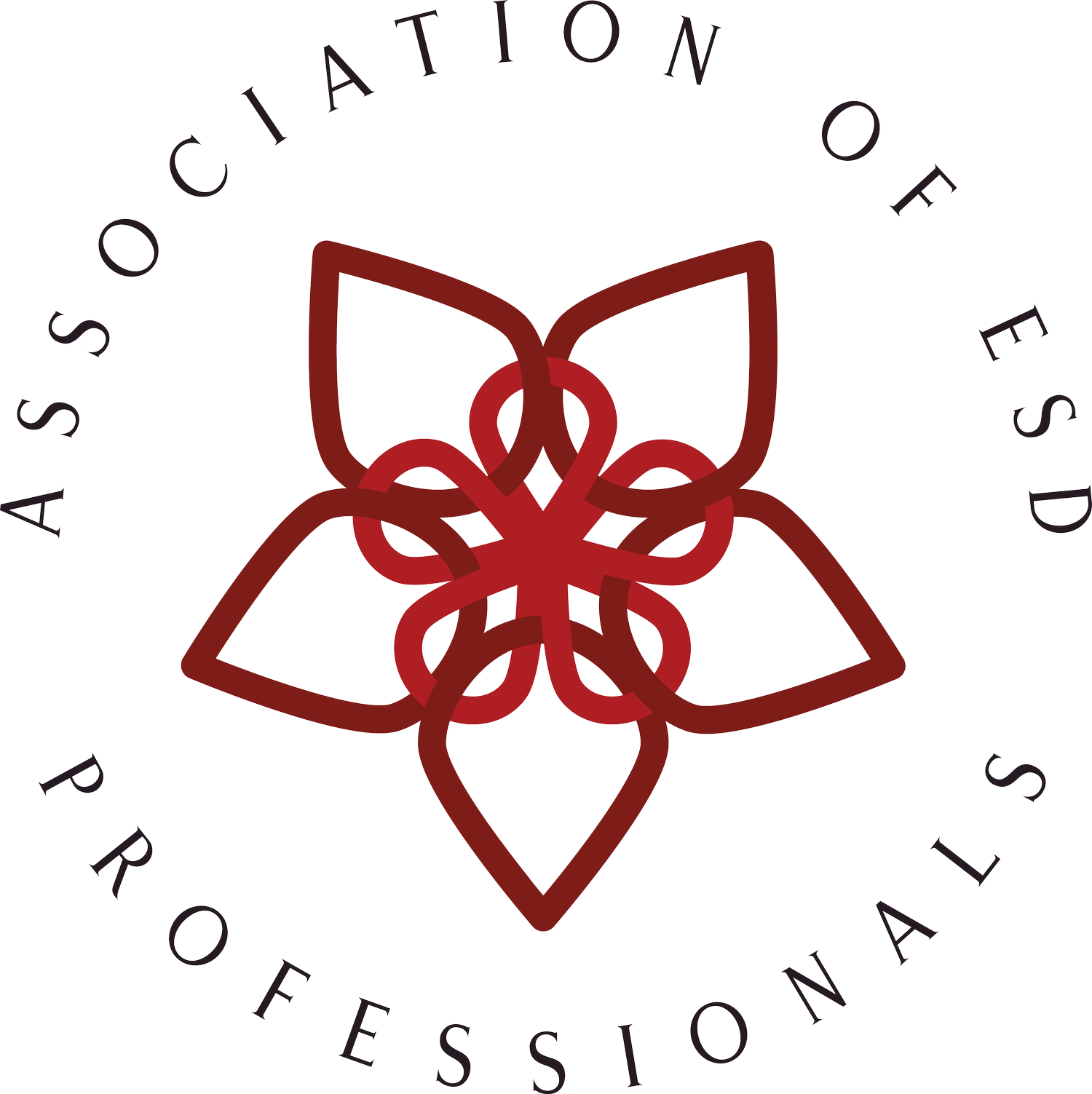What Makes Empowerment Self-Defense Different from Martial Arts?
“All those moves, and I didn’t use one of them.”
*Trigger warning*
I remember going out salsa dancing one night, three years into teaching martial arts. I loved salsa. It was a way to step into my body and just be. That night, I hung out with people I had known for a year, professional salsa dancers, people I had danced with hundreds of times. These people also knew I practiced and taught martial arts, and they knew that I was uninterested in dating within the salsa community.
That night, I was roofied, taken, and had to fight for my life. I remember thinking on the drive home that none of the moves I learned at my martial arts school applied. I hit the guy in the face with a pair of keys using a haymaker. We never practiced a haymaker, as the move was less effective in a sparring match, and it was considered sloppy.
To escape, I ran as fast as leaded feet could take me. I fell down a flight of stairs, then had to drive myself home.
I grew up in a household where slap boxing was a fun way to test reflexes, see how aware you were of your surroundings, and learn how to strategize. It was never mean or vengeful. It was always a fun, light way to connect. My parents were actively involved in studying Gōjū-Ryū, a Japanese martial arts style. My mom taught self-defense classes for women in the 70s, and I always admired her dedication to supporting her community. In addition, they were both certified in Non-Violent Communication and an empowering communication method called Say it Straight.
In my household, martial arts were a dogma to live by, a daily regimen, a way of walking in the world. Non-Violent Communication and Say it Straight were a way of talking in the world. I learned assertive language very young, and also to be mindful of how my tone and cadence can affect a room.
These were my beginning lessons in the difference between martial arts and empowerment self-defense (ESD).
During my drive home from my salsa night attack, I kept thinking, “All those moves, and I didn’t use one of them.”
That was when I started focusing on putting together my own self-defense curriculum, specific to women, with a focus on wearing heels and a dress. To this day martial arts means a lot to me, and I still practice Aikido. Putting together my own women’s empowerment-based self-defense curriculum, then learning Empowerment Self-Defense through ESD Global and IMPACT Personal Safety, has given me further insight and confirmed what I had already learned the hard way:
Martial arts teaches physical moves and regimental exercises that give you a code to live by. Empowerment Self-Defense gives you tools, strategies, and choices to realistically prevent violence before it starts, to interrupt and circumnavigate violence while it’s happening, and to heal from violence after the fact.
Here is what I have learned about the differences between martial arts and empowerment self-defense:
Sparring Versus Survival
There are over 220 styles of martial arts worldwide. Many of those styles were designed by men to prepare other men to go into battle, and some have been adapted over time to encompass street fighting or grappling. All martial arts styles include a regimented physical practice, and most offer values to live by.
In martial arts competitions, there are rules for sparring and fighting. Self-defense in the everyday world, on the other hand, doesn’t have rules of engagement. When you spar in a dojo, you don’t want to kill or maim the person you’re fighting. Whereas, if you are out in everyday life and someone is trying to kill you, your primary concern will not be your attacker’s safety. And so, what may look cool in competition, like a flying ax kick or a windmill kick, is probably not your go-to for dealing with a physical attack out in the real world.
And even though there is a 75-80% chance that your attacker will be someone you know, this doesn’t change the fact that you will still want to defend yourself. To do that, you will need tools and strategies for making choices—whether to yell, to walk or run away, or to fight, even if it means risking injury to the person you know. Because in this instance, the person you know is also your attacker.
How you protect yourself is a personal choice that depends on the specific circumstances, who you are, and what you want. Being a survivor myself, when it came down to my life, my safety was more important to me than protecting the well-being of my attacker. I was prepared to protect myself at all costs, physically, mentally, and emotionally.
Practical Strategies
Empowerment Self-Defense helps people navigate adverse situations in everyday life to avoid physical confrontation by focusing on violence prevention strategies and practical self-defense moves.
Environmental, emotional, and social awareness are key elements of ESD strategies. Listening to your intuition further deepens your self-awareness, which can help you protect yourself in the face of violence. Think of your body as having collected all the memories of your life. It responds to stimuli by giving you cues or recognizing when something does or does not feel right for you. This is a part of self-defense that martial arts approach differently or don’t teach at all.
Martial arts teach us how to use the “key of chi,” or the internal dexterity that gives you coordination of the body’s musculoskeletal action so effectively that, for all intents, you can put every muscle you need to use when you need it. When tapping into your chi, you are tapping into inner strength. While ESD also teaches us how to tap into our inner strength, it does it differently. With empowerment self-defense training, when you tap into your intuition, the strength of collective memories, thoughts, and feelings help you take action to protect yourself.
ESD also encompasses deescalation tactics, boundary setting, safety planning, and care after the fact. It creates safe learning environments and takes into consideration the fact that participants may have experienced trauma. All of these, and many other nuances of ESD instruction, set empowerment self-defense apart from a typical martial arts class.
A Chinese Proverb states, “Everything has a place under the moon as well as the sun.” If you want to be feel confident that you will be able to protect yourself from all kinds of violence, the more practical and holistic empowerment self-defense approach may be the way to go—it could mean the difference between life and death.
Mahalo for reading!
Author: Tasha Ina Church
Editor: Toby Israel
Photo: Courtesy of Author
Would you like to share insights about your ESD work, or do you think a certain ESD organization should be featured? Reach out at toby@esdprofessionals.org about contributing to the Association of ESD Professionals blog!


